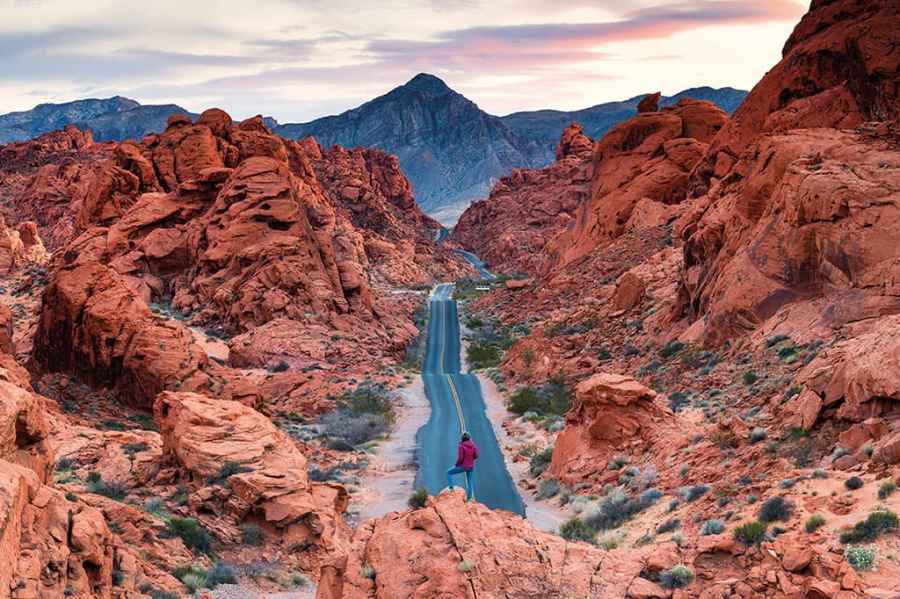Professional travel photographer Jordan Banks, shares his top tips for getting the most out of your travels, suitable for home and abroad.
Jordan Banks
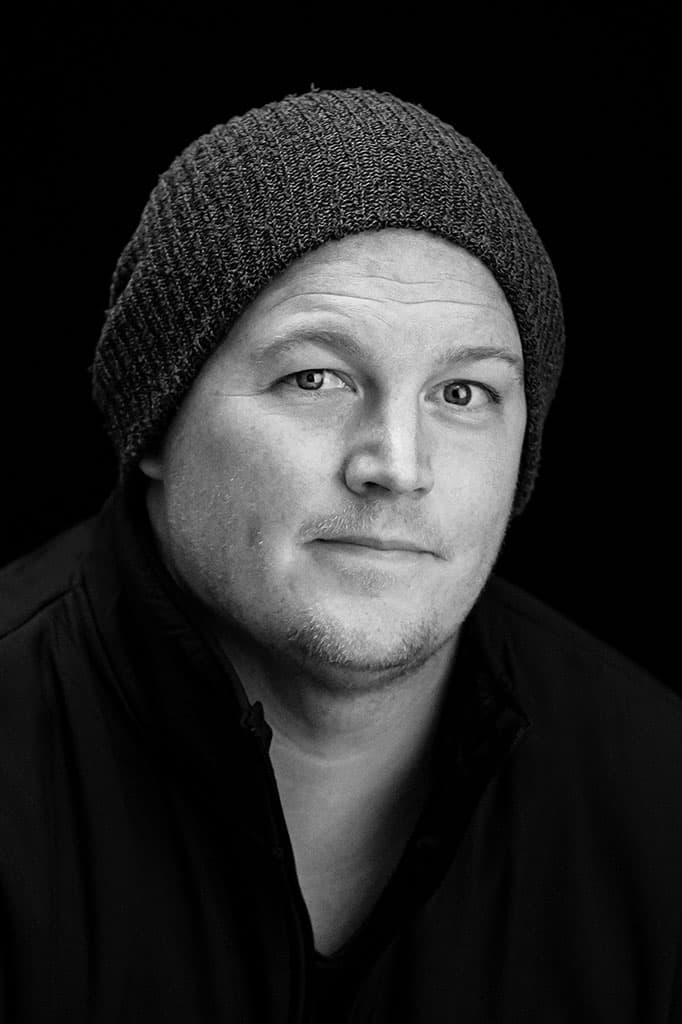
A travel and lifestyle photographer from London, Jordan shoots for National Geographic, Lonely Planet and other travel brands. He is the co-founder of photographic training company That Wild Idea and the founding editor of JRNY, a travel magazine supporting freelance writers and photographers. www.jordanbanksphoto.com, www.thatwildidea.co.uk, www.jrnymag.com, Insta @jordanbanksphoto, Twitter @J_BanksPhoto.
Jordan shares his top photography tips for landscape, portrait and urban environments whilst on your travels.
For landscape lovers
Research
Research is an essential part of taking great travel photos and is about 80% of my process in producing a great landscape photo. I will ensure I visit at the best time of year for the shots I am looking to take. I will know almost exactly where I need to place myself and at what time and angle the sun will be rising and setting.
Get it right in camera
With the advancements in technology there is a tendency if something isn’t quite right to just say ‘I’ll fix it in post’. I am a big believer in getting everything correct in camera. For me this is the purest form of landscape photography and will help improve your skills as a photographer.

Dubrovnik, Croatia. Nikon Z 7, 15mm, 20sec at f/16, ISO 64
Master filters
Filters are an essential part of my workflow and I would highly recommend using them to control and harness the light in your landscapes.
From neutral density grads to even out your exposure, polarisers to increase reflection or add a punch to your images, and neutral density filters when you require a slow shutter speed to smooth out that water.
Break the rules
We all know the classic rules of composition such as lead-in lines and the rule of thirds, but like any rules these can be broken. As long as you understand the more traditional rules you can play around with your composition and find your own unique style and adaptation of photography’s rules.
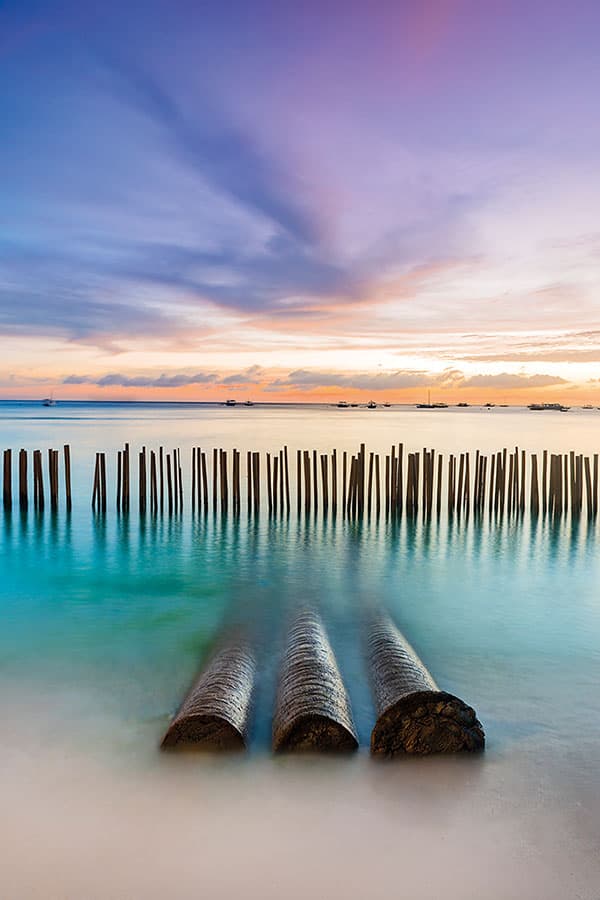
Boracay, Philippines. Nikon D800, 24-70mm, 10sec at f/11, ISO 100
Scout locations
I use my downtime on a shoot to scout new or existing spots. This saves me time later and confirms, or in some cases disproves, that it’s a location worth revisiting. Scouting locations isn’t always possible which is where Google Earth comes in. Google Earth 3D allows me to recce locations and even compose shots from the comfort of my office.
Be patient
Good things come to those who wait and this has never been truer than with landscape photography. Conditions can change in a heartbeat so if things aren’t looking great then be patient. I can’t tell you the number of times when I was about to pack up and something magical happened. The last thing you want, is to see this happen just as you get back to the car.
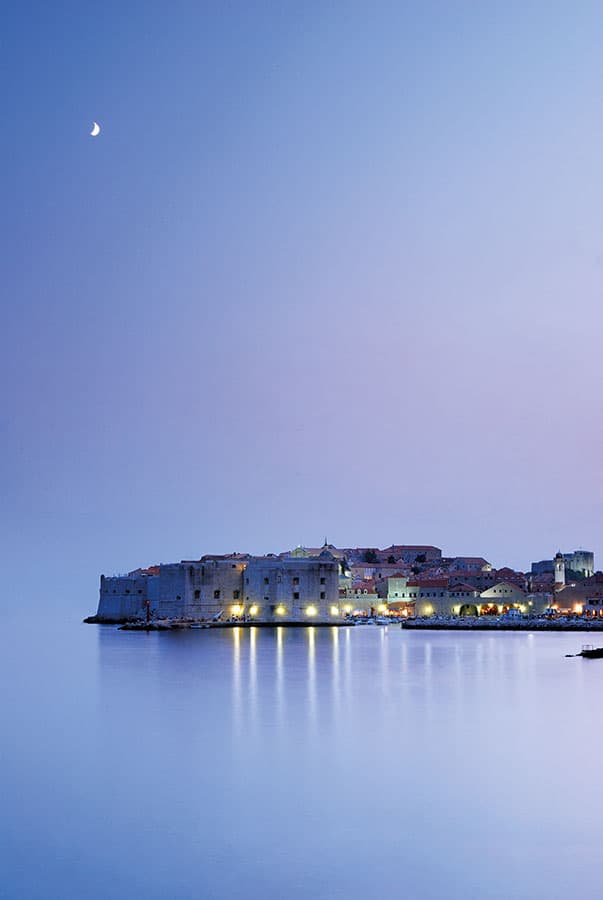
Dubrovnik, Croatia. Nikon D200, 34mm, 30sec at f/10, ISO 100
Look for something different
It’s very easy to head to that classic viewpoint that you have seen before but this isn’t pushing your creativity. Try to find a new and unique angle that hasn’t been done before or, even better, a completely unique image from a location.
Don’t be afraid of technology
Landscape photographers can be very old school in their approach but with the development of smart tech have come a range of apps that are incredibly useful. My favourite is PhotoPills which incorporates AI tech to allow me to track the sun, moon and even Aurora Borealis in real time.
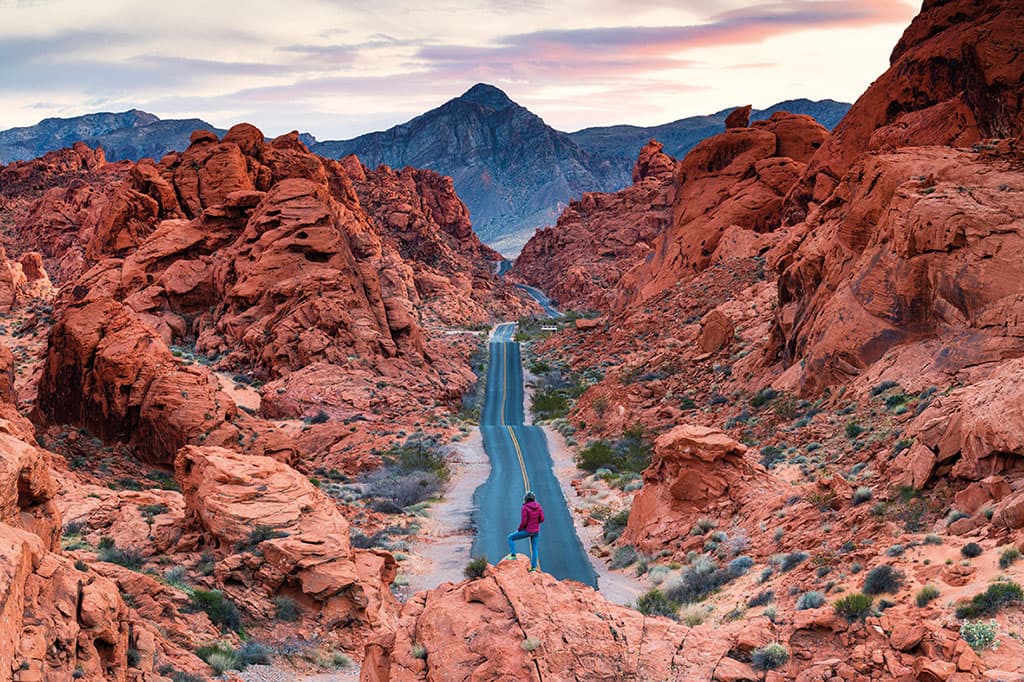
Valley of Fire, Nevada, USA. Nikon D850, 70-200mm, 0.8sec at f/16, ISO 200
Arrive early and stay late
Showing up on location early will give plenty of time to scout your location for the perfect spot to shoot from. It doesn’t matter if I am shooting a sunrise or sunset, I will stay until the light has fully gone. The early morning light following sunrise can still offer some great conditions, as can the blue hour after the sun has set.
Include people in the landscape
Try including a person in your landscape photography to add a sense of scale and place to your image. Adding a person in to your landscape will not only highlight the grandeur of a scene but also help the viewer connect with your image. If you are alone then try including yourself in the shot using a remote shutter release.
For urban enthusiasts
Move slowly
With the fast-paced nature of most cities, it is easy to get caught up and move around too quickly. Take your time and look around to truly take in your surroundings. I guarantee you will find shots that you may otherwise have missed.
Travel light
In general photographing cities will include a lot of walking, so only pack the equipment you are going to need for that day. The last thing you need is to feel so exhausted from carrying a bag full of kit around with you that you don’t need, that you are too tired to shoot when the light is right.
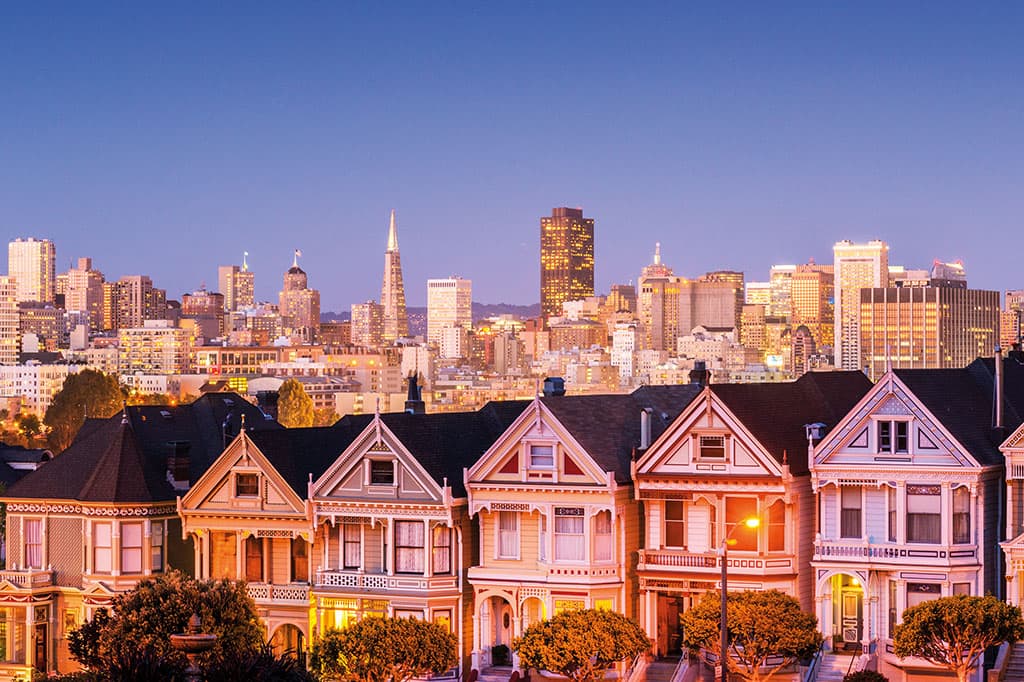
San Francisco, USA. Nikon D800, 24-70mm, 10sec at f/16, ISO 400
Shoot in bad weather
Don’t be afraid of adverse conditions. Often, we photographers hate the rain but a wet, moody city can look just as appealing as it normally would. The damp streets reflecting the light on the floor add a new dynamic to your shots or a puddle could be used to capture reflections.
Get off the tourist trail
There is a tendency to stay in the traditional tourist areas where we feel comfortable, but there is much more to any city than these places. If you really want to capture the true essence of a city look to visit less popular and more local parts of town. Search out events, markets and unique venues.
Have your camera at the ready
With all the hustle and bustle a city brings, you never know what’s going to happen next. Always have your camera to hand, ready to capture the moment. While I am wandering about, I am very aware of my surroundings so I can see the shot before it happens.
I also change my exposure settings as the light and conditions vary. This saves me valuable seconds when a shot presents itself as I then don’t need to adjust my settings to make sure I capture the moment.
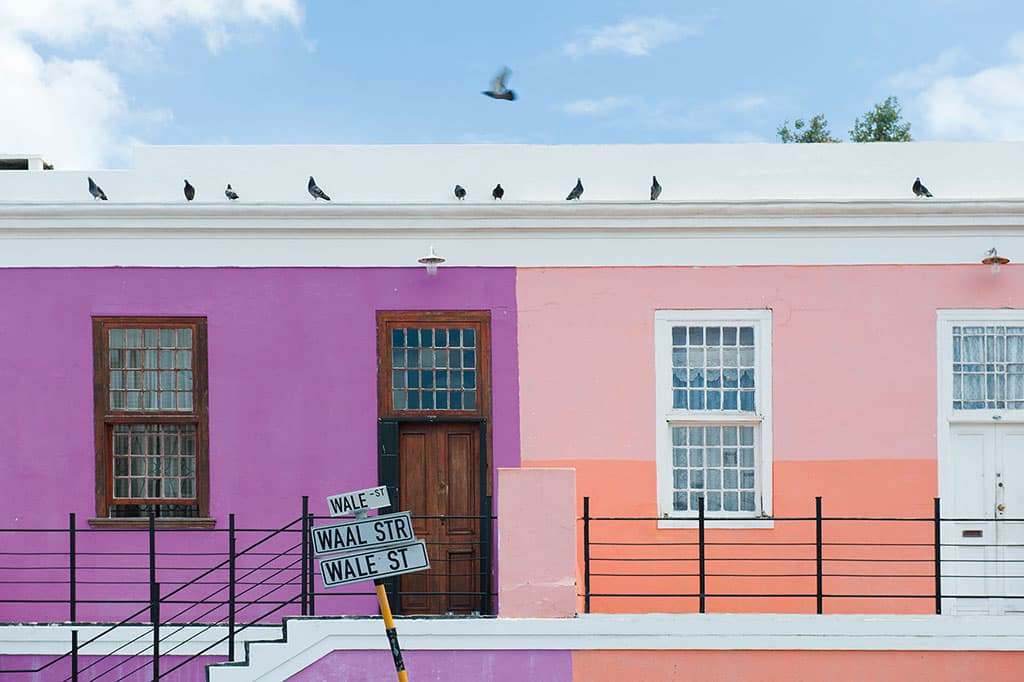
Bo-Kaap, Cape Town, South Africa. Nikon D3X, 24-70mm, 1/80sec at f/6.3, ISO 100
Tripod
I am surprised by how many photographers discount the use of tripods when photographing cities. Granted, using tripods is slower than shooting handheld but sometimes that’s just what you need. If you want to add some movement or light trails to a scene you will need a tripod to compensate for those slow shutter speeds. Tripods are also handy for busy scenes when you need to clone out elements and require multiple identical compositions to blend in post.
Shoot at night
At night cities come to life, the lights come on and people come out. This can offer a completely new take on what may have been a relatively boring shot a few minutes ago. Play with light trails, look for pleasing colour combinations and shoot at small apertures (f/16) to achieve that starburst effect.
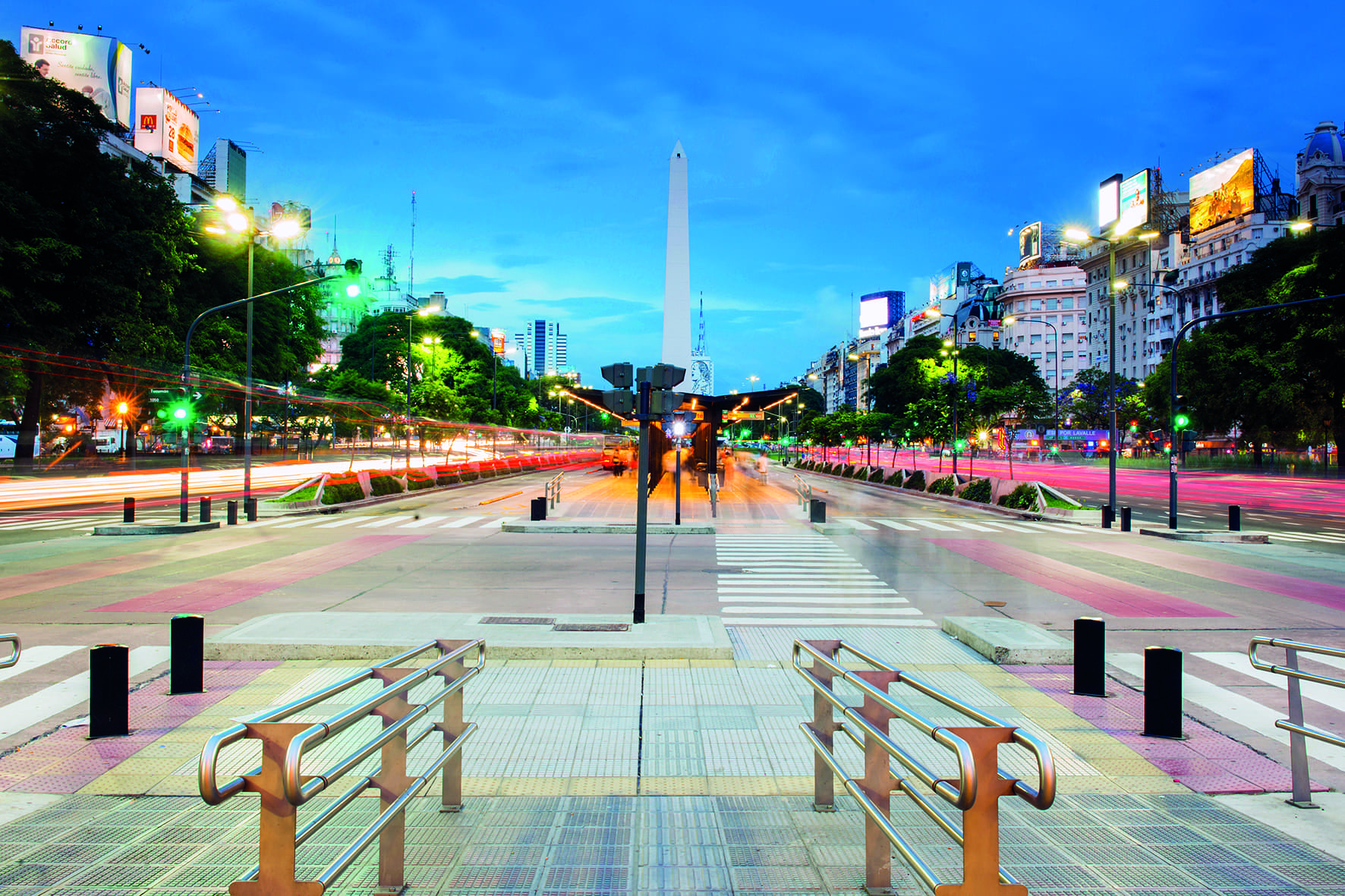
Buenos Aires, Argentina. Nikon D800, 17-35mm, 30sec at f/11, ISO 100
Tell a story
Cities are brimming with life so try to portray this in your images. Get under the skin of a city and find out what makes it tick. Try to avoid just photographing those hero shots and include people, buildings, interiors and details to provide a true sense of place. Setting yourself the challenge of a photo essay is a good practice to keep you focused on your end goal of producing thought-provoking and powerful imagery.
Get creative
You are never more than a stone’s throw away from an element of your surroundings that can offer a creative composition. Cities offer unparalleled textures such as the lines of a building, cobbled streets, reflections and foreground details that can all add that bit of flair to your photographs. Don’t be afraid to get down low or jump up on a ledge to get a slightly more creative angle.
Unique and new views
Cities are constantly changing and evolving, thus providing photographers with fresh new points of interest to shoot. This could be in the form of a new vista from a viewing platform, a new art installation or interesting landmark – so make sure to include these in the planning stages of your trip. People are always more interested in images they haven’t seen before.

Barcelona, Spain.Nikon D800, 24-70mm, 1/20sec at f/8, ISO 400
For portrait fans
Multiple compositions
Experiment with multiple angles. The majority of travel portraits are a one-time deal so make sure to really work the scene and get everything you can from it. This doesn’t mean rush but rather spend a little more time and make sure you nail it. Most people are more than happy to stick around for a pleasant experience.
A difficult-to-interpret expression
When shooting travel portraits, we first need to understand what makes a great portrait. For me this is a difficult-to-interpret expression. I want there to be multiple views on what my subject is thinking and who they really are. If you can capture this depth to a person’s personality you will have a very strong portrait.
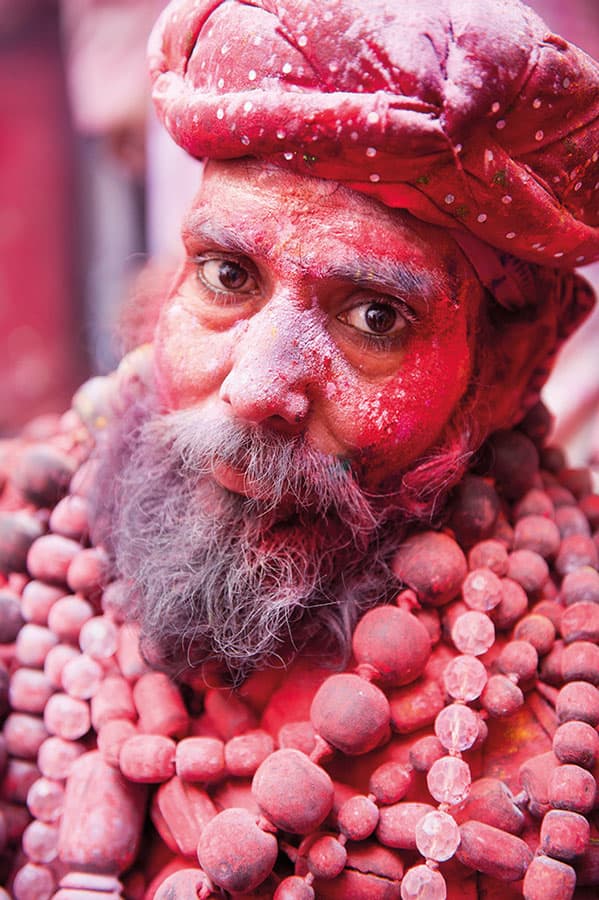
Holi Festival, Vrindavan, India. Nikon D3X, 24-70mm, 1/40sec at f/2.8, ISO 400
Environmental portraits
Environmental portraits use the subject’s normal surroundings as the backdrop, typically their home or workplace. What makes environmental portraits so powerful is their ability to give the viewer an insight into that person’s life by providing the photograph with far more context.
Connect with your subject
Compliment them, smile and talk, even while shooting. Ask open-ended questions to get your subject engaged. This will make them relax and forget about you. Instead of asking to ‘take a picture’ use terms like ‘make your portrait’ which sounds more creative and collaborative. This allows you to get the best from your subject as they are now part of the creative process.

Buenos Aires, Argentina. Nikon D800, 24-70mm, 1/250sec at f/5.6, ISO 200
Capture the action
Once you have a person talking, continue to shoot a range of different expressions. You never know which photograph will be the hero shot, and the more you shoot the more likely it is that you will produce a great portrait. Try to avoid reviewing your camera’s LCD screen, as this breaks your flow and only acts to make your subject self-conscious or think you are done.
Interesting faces and people
Keep an eye out for interesting faces that tell a story and inspire you to photograph them. Do they encapsulate the local population and tell a story that adds to your work? If so, then be sure to concentrate on the areas of their persona that initially spoke to you and not just fire off a quick snap and be on your way.

Mostar, Bosnia and Herzegovina. Nikon D300, 10-20mm, 1/80sec at f/5, ISO 320
Don’t be afraid to approach people
Act while you can, as the chance won’t come again. If you see someone who inspires you to make a portrait, then approach them and ask for their permission. In my experience it is better to be rejected than to not ask. Approach people in a relaxed manner with a smile on your face and offer to send them a copy of the image as an extra incentive, as this usually works.
Wear light-coloured clothes
Wearing a white or light top when you are shooting natural portraits is a great little tip to help light your subject. The light colour from your top acts as a sort of reflector to cast a little extra light on your subject’s face. This is especially useful when you are shooting backlit portraits.
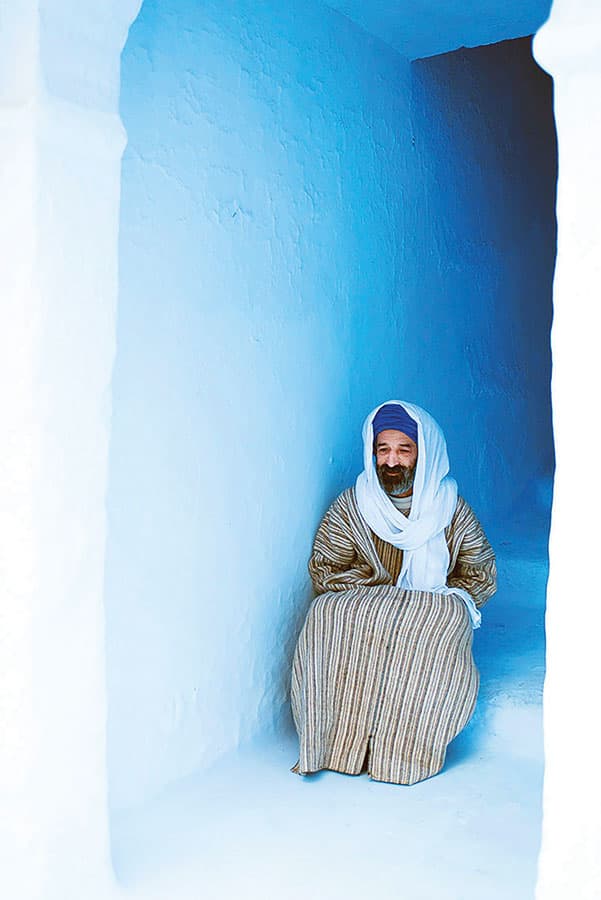
Chefchaouen, Morocco. Nikon D800, 28-70mm, 1/60sec at f/2.8, ISO 400
Remove clutter
Look for clear and non-distracting backgrounds that allow you to highlight your subject and don’t be afraid to ask your subject to move to a more desirable location. Take care to avoid distractions such as messy foliage, powerlines or a lamppost coming out of someone’s head.
Look for the light
As with backgrounds don’t be afraid to ask people to move in to a more flattering or interesting light. Very rarely will people decline the chance of being made to look better once they have agreed to let you photograph them.
Further reading
Best Kit for Travel Photography – Essentials we recommend
Best travel cameras and holiday cameras
Travel photography: How Matt Parry plans his city break photography

